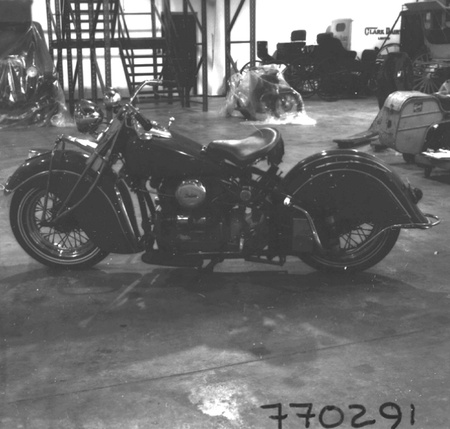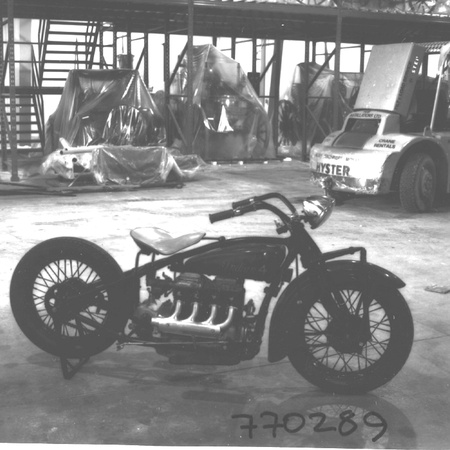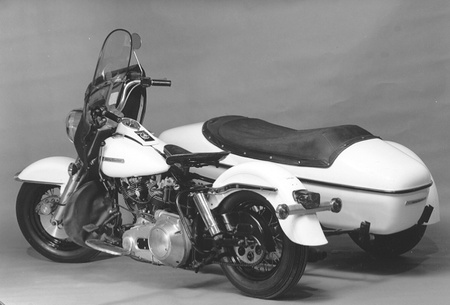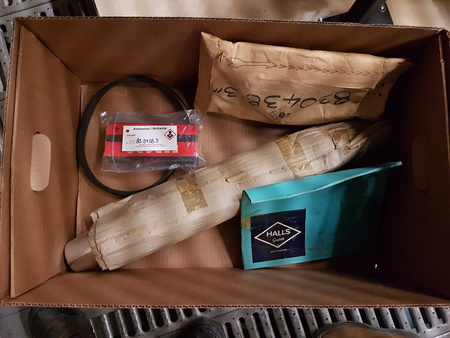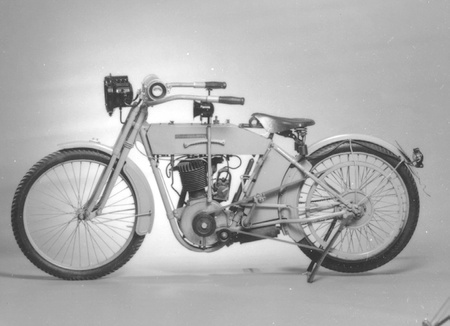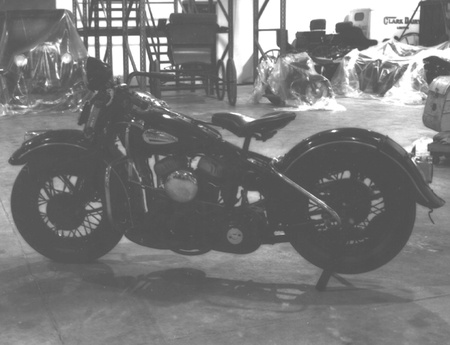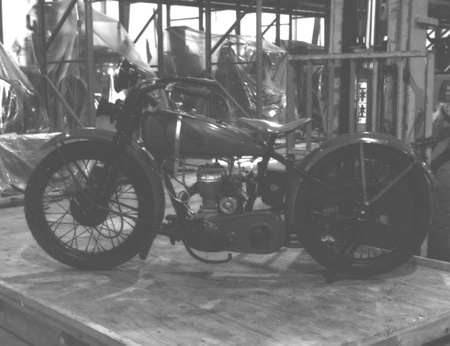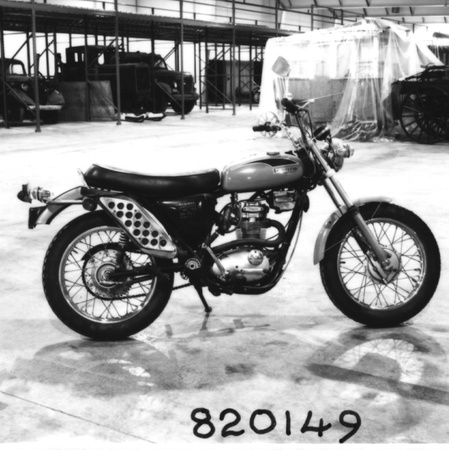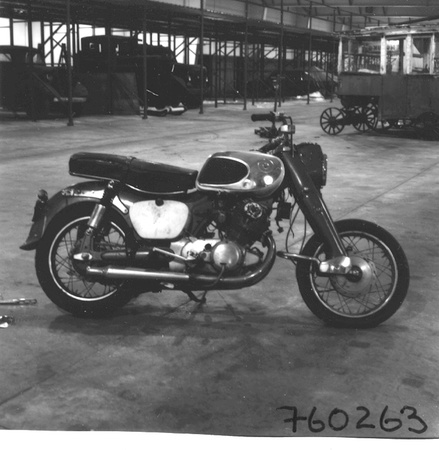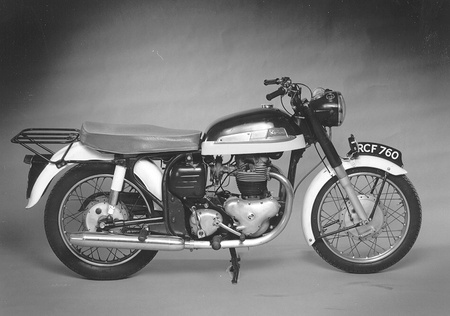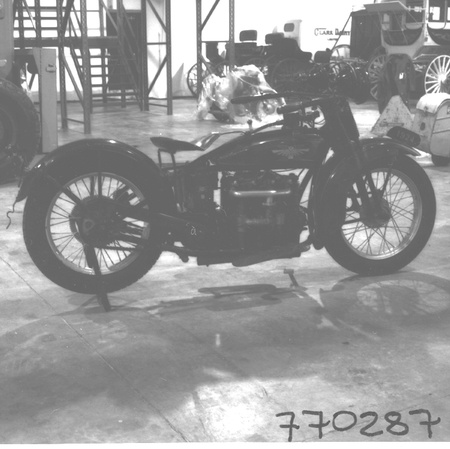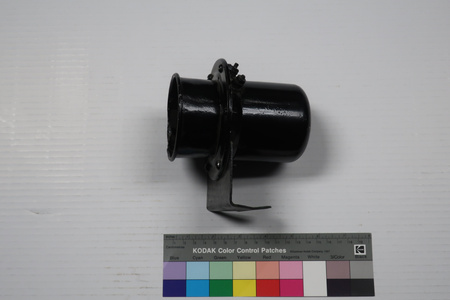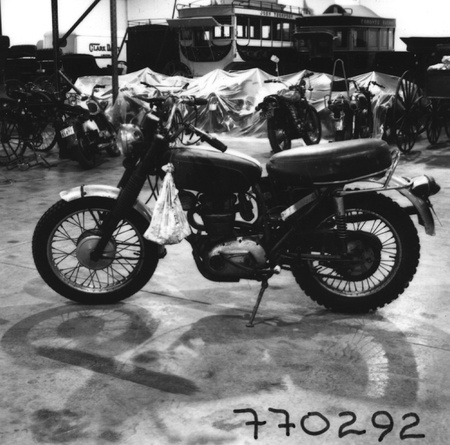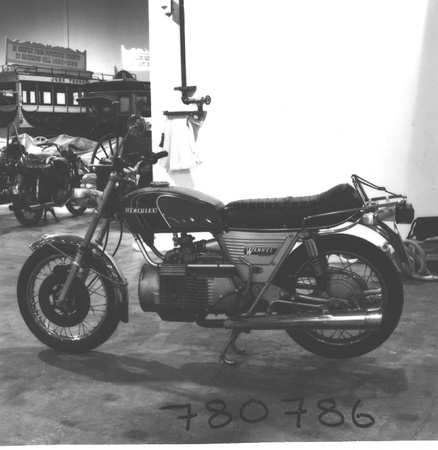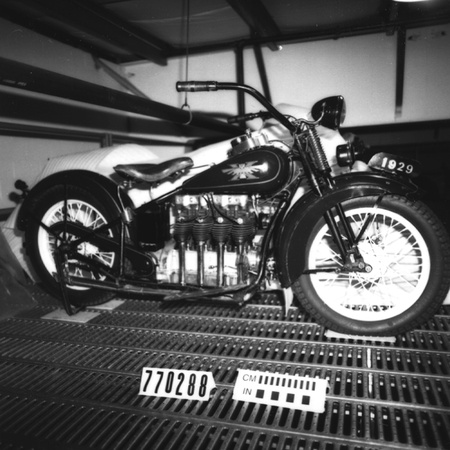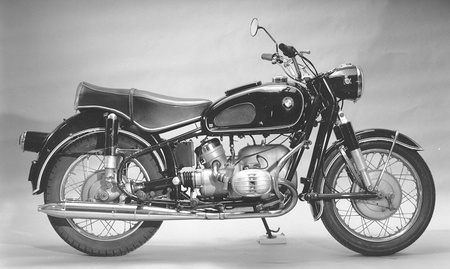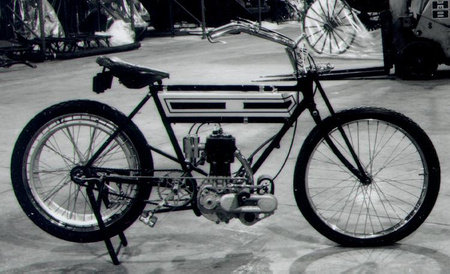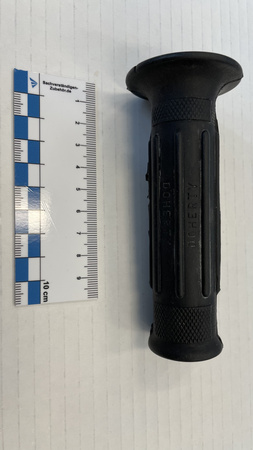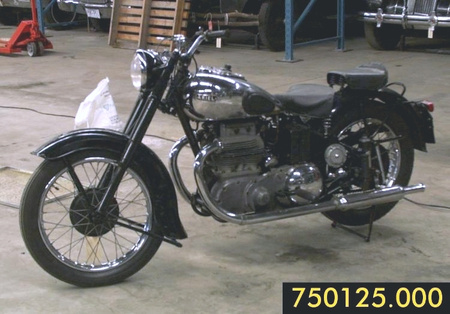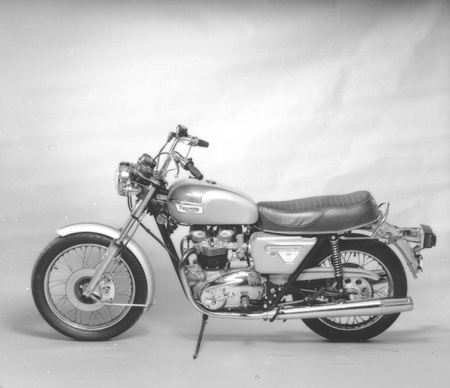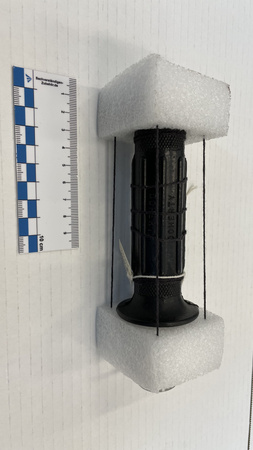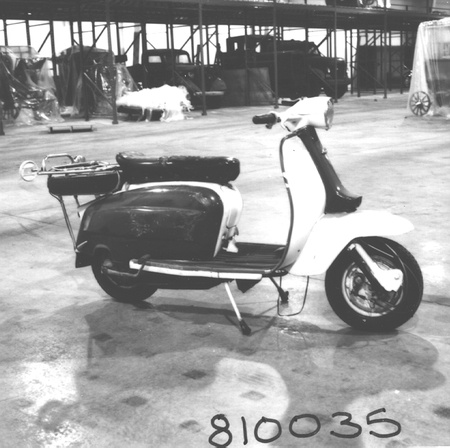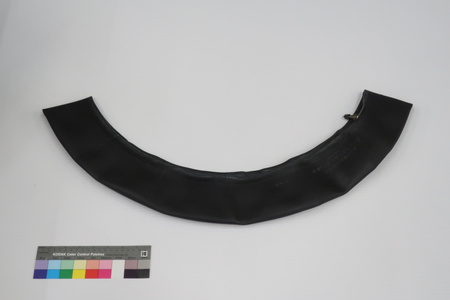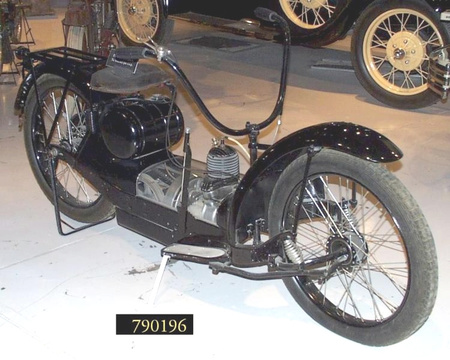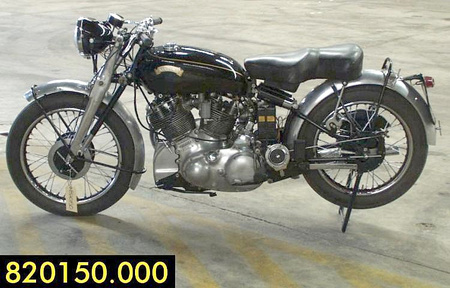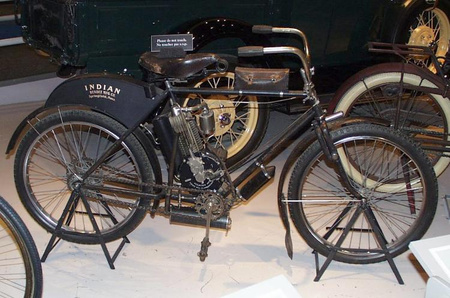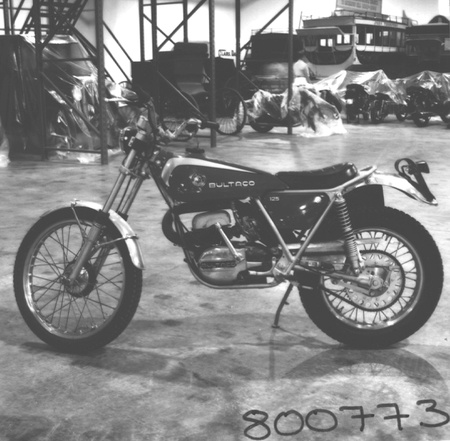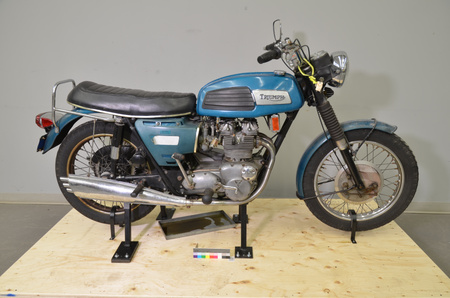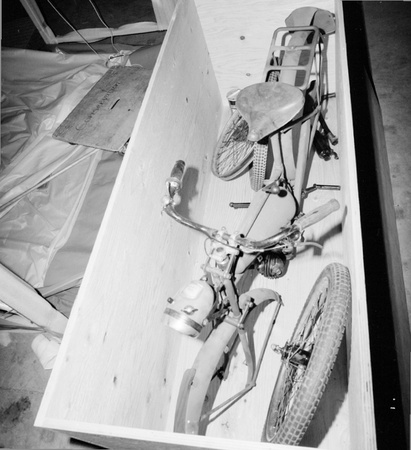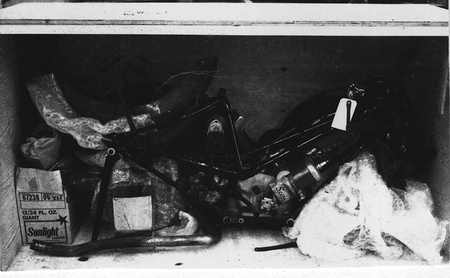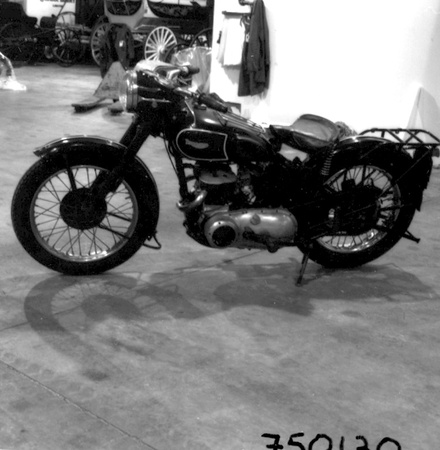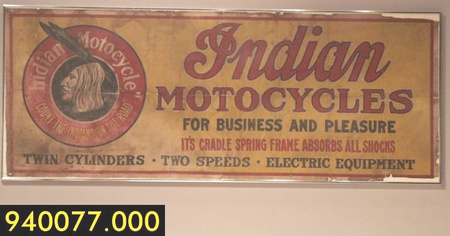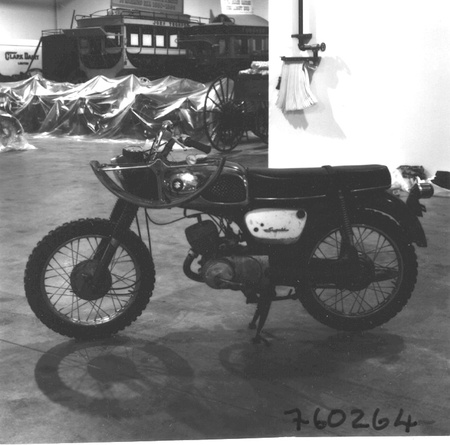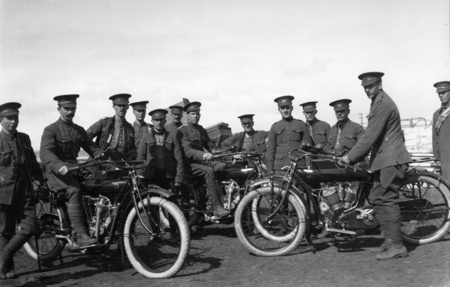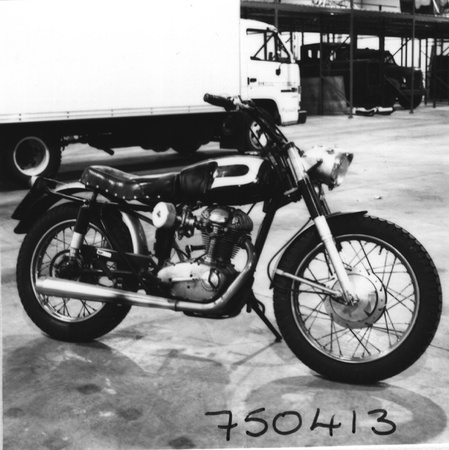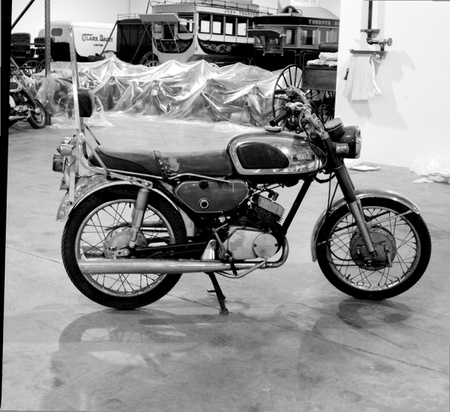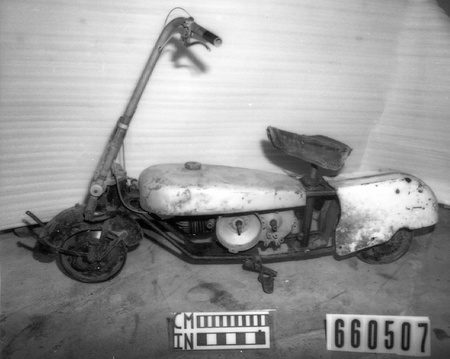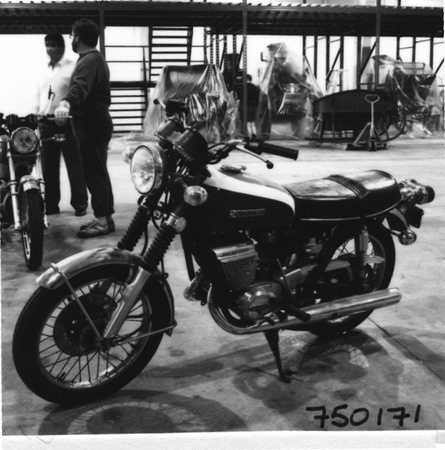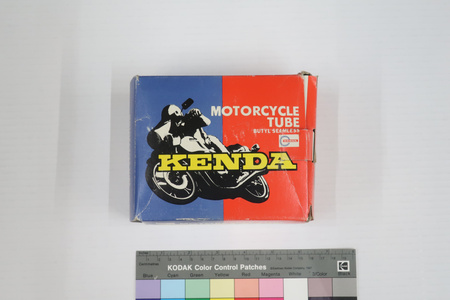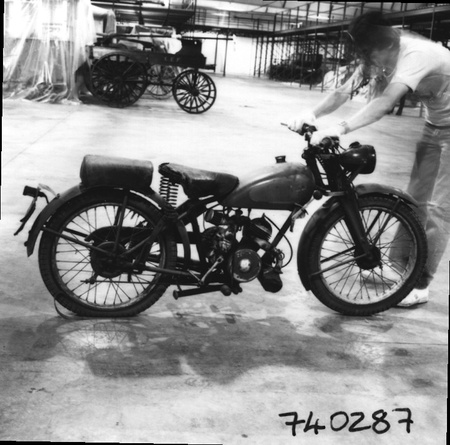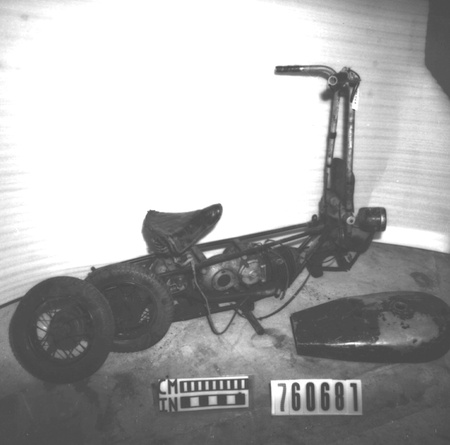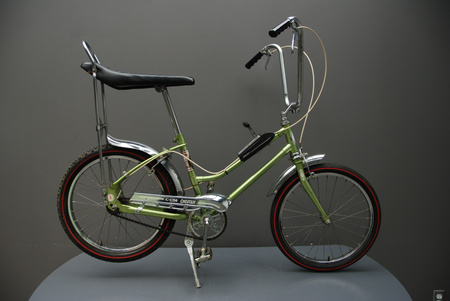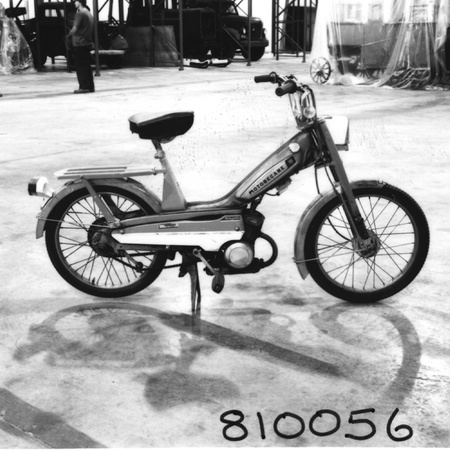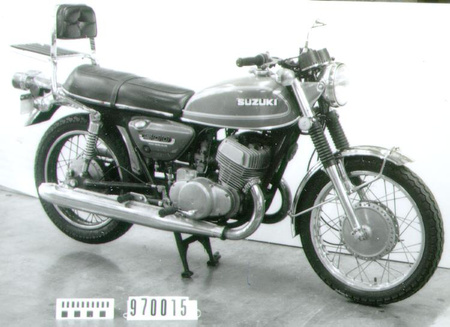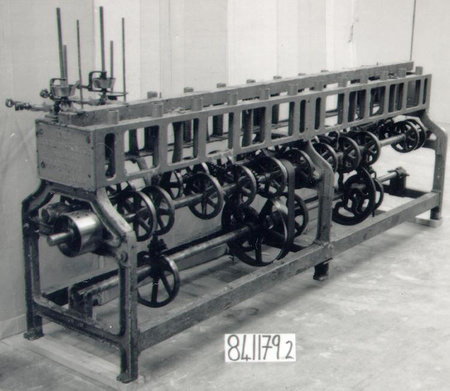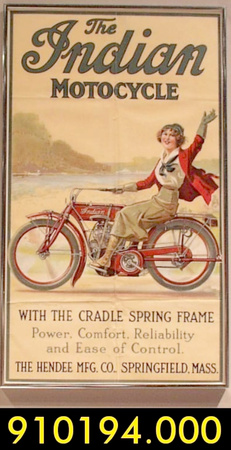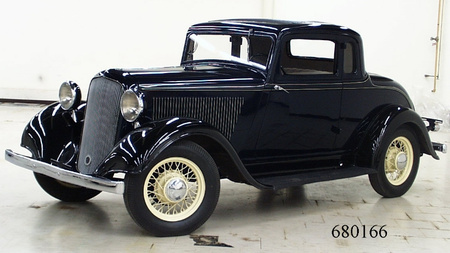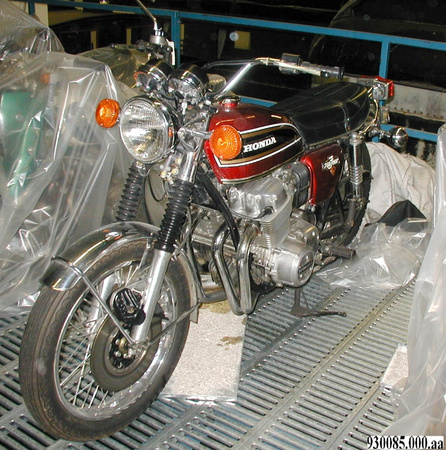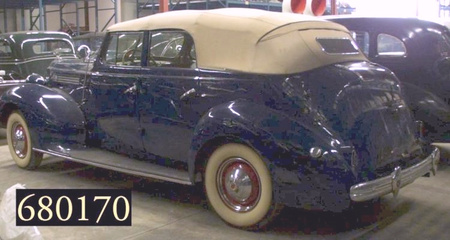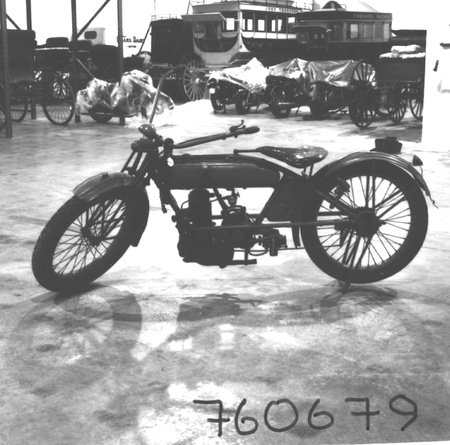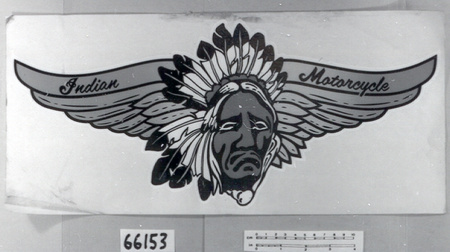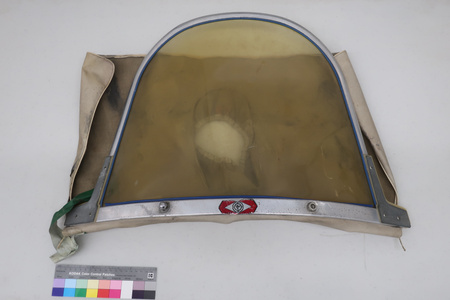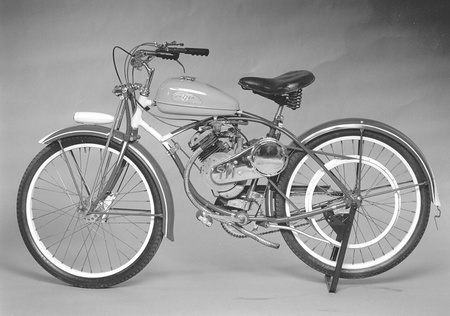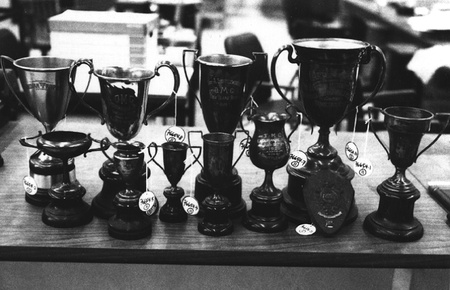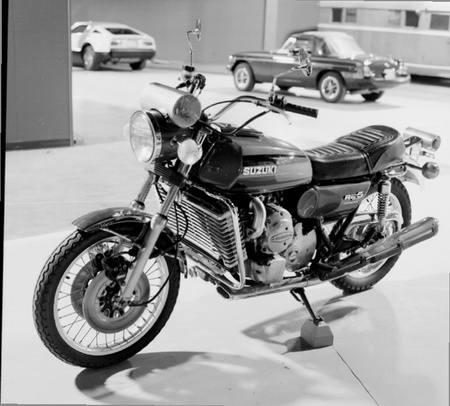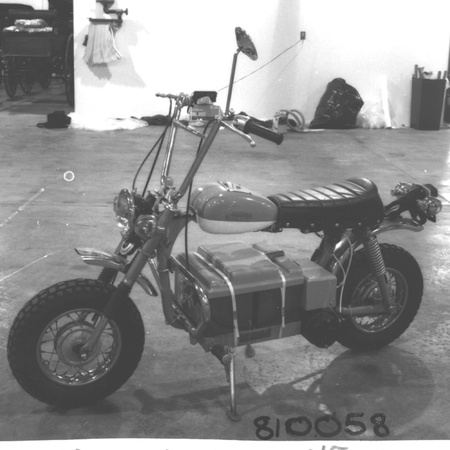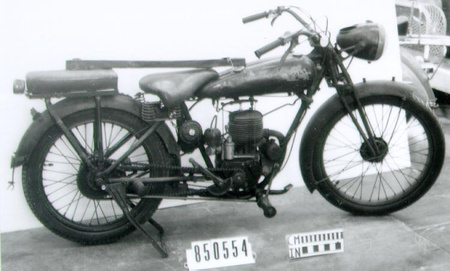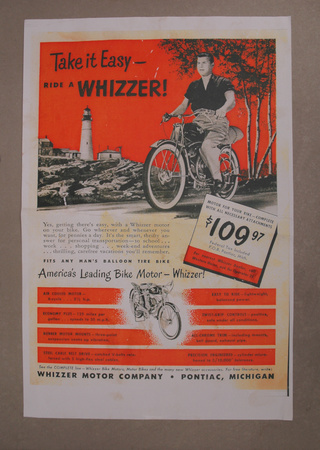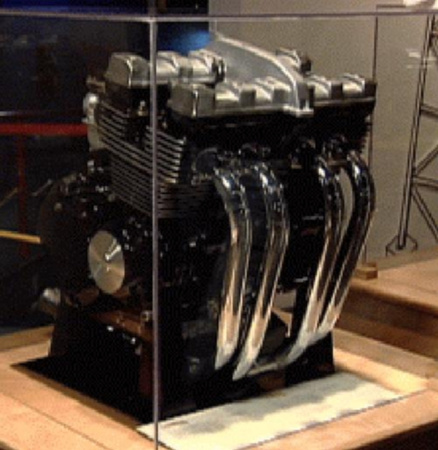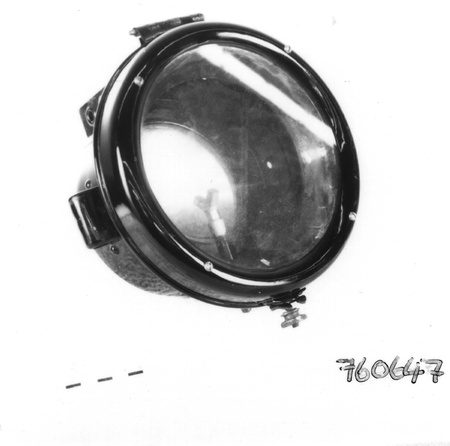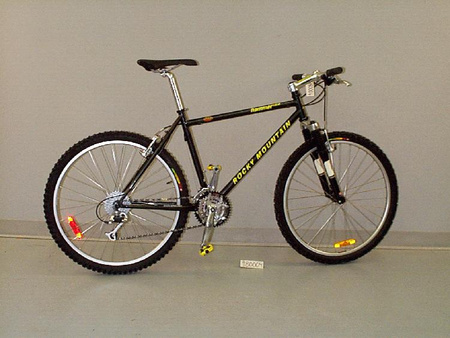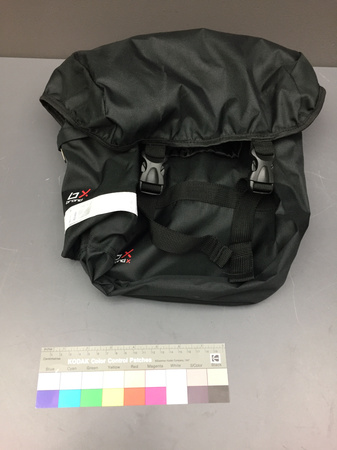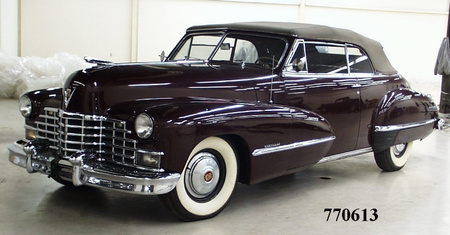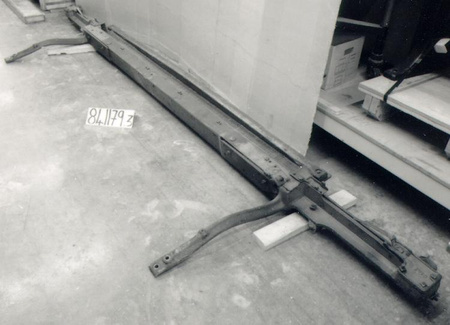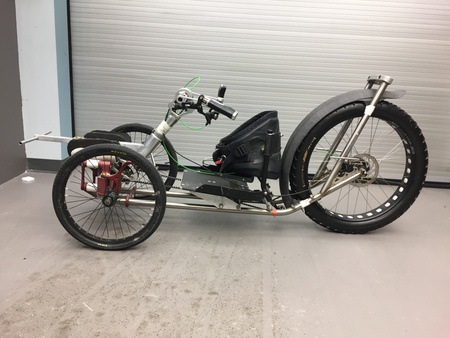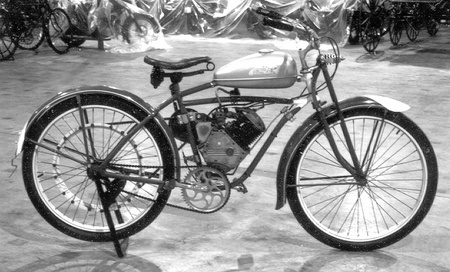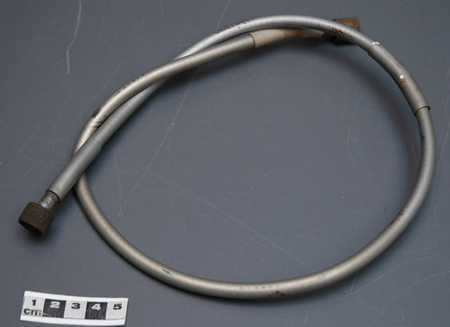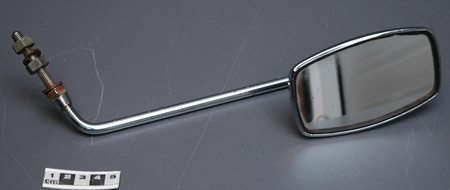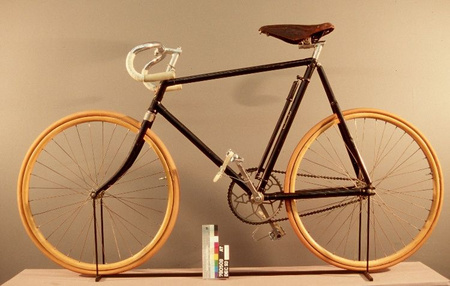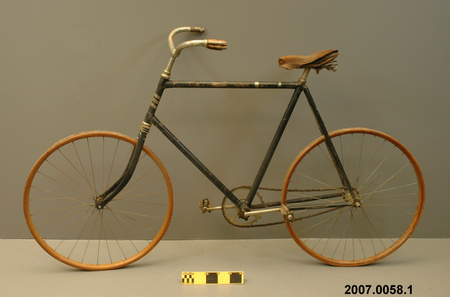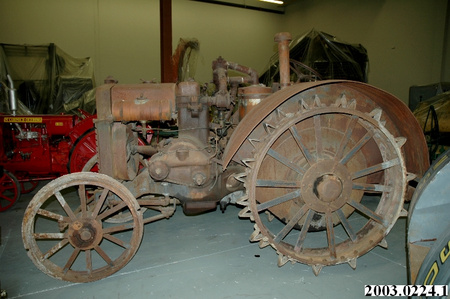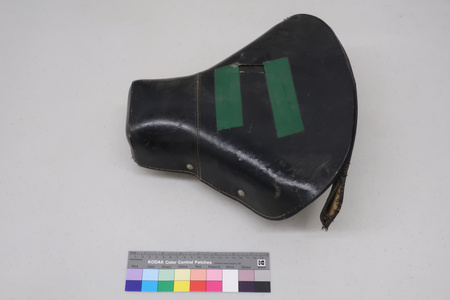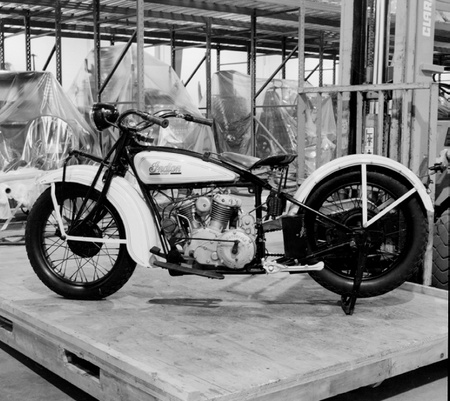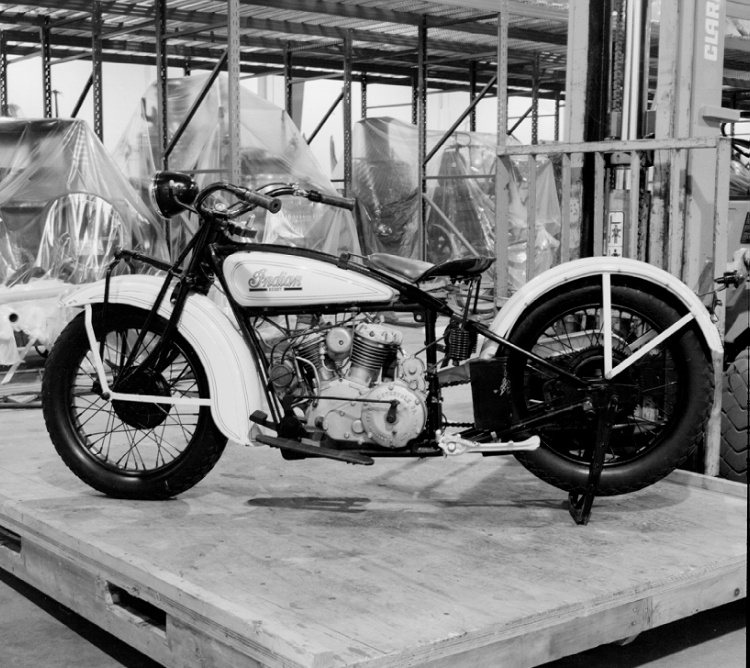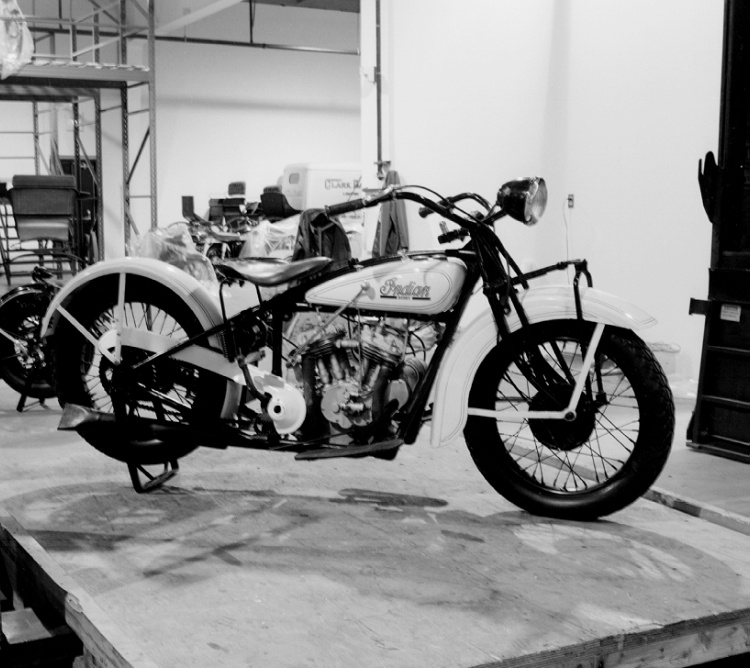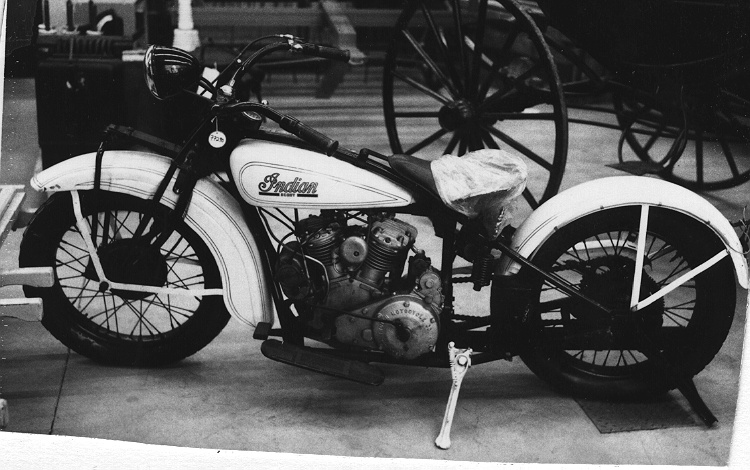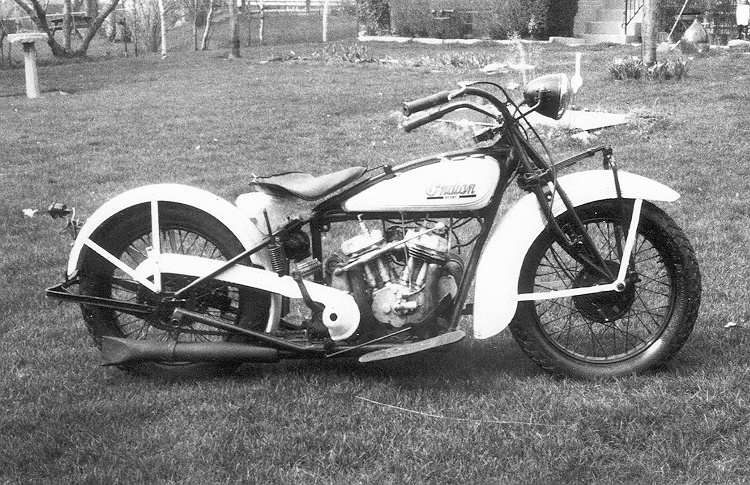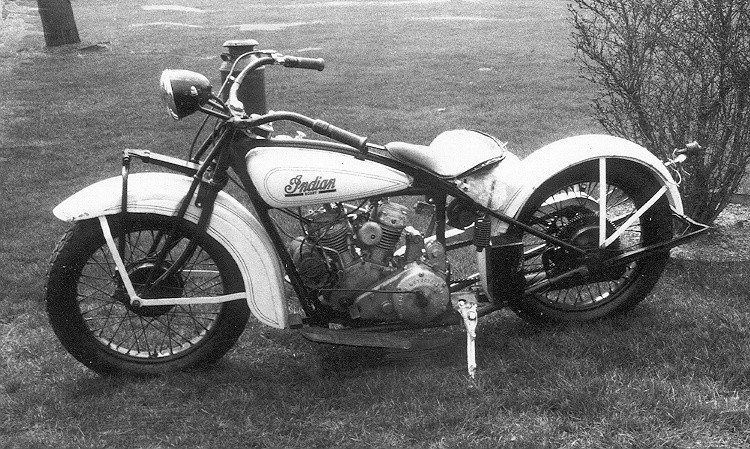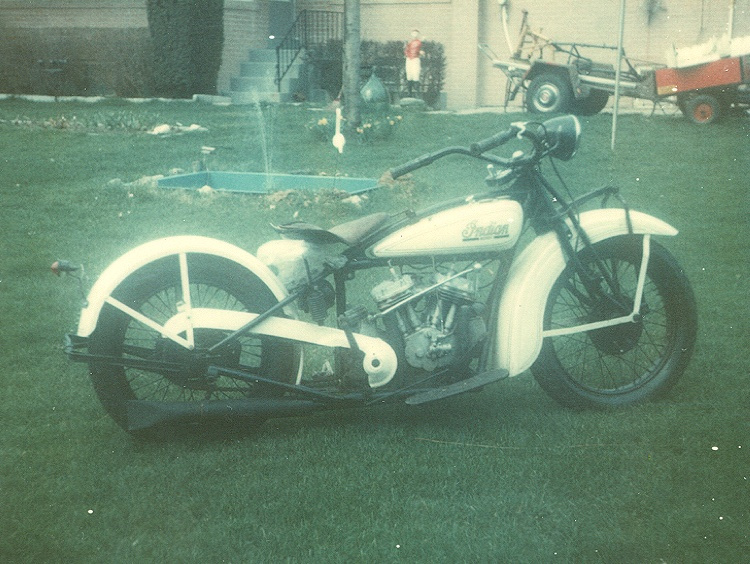Motocyclette
Utiliser cette image
Puis-je réutiliser cette image sans autorisation? Oui
Les images sur le portail de la collection d’Ingenium ont la licence Creative Commons suivante :
Copyright Ingenium / CC BY-NC-ND (Attribution-NonCommercial 4.0 International (CC BY-NC 4.0)
ATTRIBUER CETTE IMAGE
Ingenium,
1977.0290.001
Permalien:
Ingenium diffuse cette image sous le cadre de licence Creative Commons et encourage son téléchargement et sa réutilisation à des fins non commerciales. Veuillez mentionner Ingenium et citer le numéro de l’artefact.
TÉLÉCHARGER L’IMAGEACHETER CETTE IMAGE
Cette image peut être utilisée gratuitement pour des fins non commerciales.
Pour un usage commercial, veuillez consulter nos frais de reproduction et communiquer avec nous pour acheter l’image.
- TYPE D’OBJET
- Cruiser/Twin cyl/606cc/4cyc
- DATE
- 1928
- NUMÉRO DE L’ARTEFACT
- 1977.0290.001
- FABRICANT
- INDIAN MOTORCYCLE CO.
- MODÈLE
- INDIAN SCOUT
- EMPLACEMENT
- Springfield, Massachusetts, United States of America
Plus d’information
Renseignements généraux
- Nº de série
- DG3807
- Nº de partie
- 1
- Nombre total de parties
- 1
- Ou
- S/O
- Brevets
- S/O
- Description générale
- STEEL FRAME/ METAL FENDERS/ RUBBER TIRES/ WIRE WHEELS
Dimensions
Remarque : Cette information reflète la taille générale pour l’entreposage et ne représente pas nécessairement les véritables dimensions de l’objet.
- Longueur
- 218,0 cm
- Largeur
- 86,3 cm
- Hauteur
- 104,0 cm
- Épaisseur
- S/O
- Poids
- S/O
- Diamètre
- S/O
- Volume
- S/O
Lexique
- Groupe
- Transports terrestres motorisés
- Catégorie
- Véhicules motocyclettes
- Sous-catégorie
- S/O
Fabricant
- Ou
- INDIAN
- Pays
- United States of America
- État/province
- Massachusetts
- Ville
- Springfield
Contexte
- Pays
- Inconnu
- État/province
- Inconnu
- Période
- Inconnu
- Canada
-
``American motorcycles never challenged the supremacy of the automobile; manufacturers could not compete economically with Henry Ford`s mass-produced Model T. After boom years in the early 1890s, the motorcycle market contracted rapidly and by the 1920s only three major manufacturers remainds, of which Indian was the largest. When Excelsior stopped production in 1931, Harley-Davidson and Indian were left. At that time, Indians were considered to have the better design, and Harleys to be the more reliable bike; riders were fiercly loyal to their chosen brand. Indian`s founders had left by 1916 and ownership changed several times. For a while, Indian was part of the group that owned the Du Pont paint company, a factor which influenced color schemes used for the bikes.`` (Huge Wilson, ``The Ultimate Motorcycle Book``, 36.) The first Scouts, introduced in 1920, were an instant success and its reliability was a strong point, giving rise to the factory slogan, "You can't wear out an Indian Scout." Indian riders expanded this chat: "You can't wear out an Indian Scout, or its brother the Indian Chief. They're built like rocks to take hard knocks; it's the Harley's that cause the grief." Launched in 1928, the 101 model featured a longer wheelbase and lower seat height. the 101's low center of gravity contributed to its excellent handling and made it a favourite with stunt riders, particularly those who performed the wall-of-death. Indian decided to discontinue the 101 in 1932, and instead offered a new Scout model with the bigger, heavier chassis of the Chief. The handling was inferior to that of the 101, which was widely regarded as the best machine Indian ever built. In 1931, Indian's management decided to rationalize production by designing a new corporate frame that, with some detail variation, would be used across their entire, new-for-1932 model range of Scout, Chief and Four. The economic hardship of the Great Depression forced Indian to discontinue the 101 Scout since it was as expensive to produce as the 1210 cc Chief, and therefore had a small profit margin. The 101's replacement, the Standard Scout, was popular enough to keep it in production until 1937, but it was not well received by fans of the 101, who found the larger-framed Standard Scout to be slow and heavy by comparison. - Fonction
-
General transportation. - Technique
-
The original Scout was replaced in mid 1928 by the Scout Series 101 (1928-1931). Designed by Charles B. Franklin, who had designed the original Scout, the 101 Scout had a new frame with more fork rake, a longer wheelbase, and a lower seat height. The geometry of the 101 Scout wheelbase, steering head angle and rear sub-frame were all adopted from the new Indian 401 mode which was under development at the same time. (1977.0289 is the next generation (402) of the 401). 1928 Indian 101 Scout Specifications: Engine: side-valve 45" V-twin. Capacity: 606 cc. Power output: 18bhp (estimated). Transmission: Three-speed hand-change gearbox, chain drive. Frame: Tubular steel cradle. Suspension: Leaf-sprung trailing linke forks, rigid rear. Weight: 370 lb. Top speed: 121km/h. - Notes sur la région
-
Inconnu
Détails
- Marques
- S/O
- Manque
- BELT
- Fini
- WHITE BODY/ BLACK FRAME, WHEELS, ETC.
- Décoration
- BLACK STRIPING/ SCOUT DECAL IN BLACK AND GOLD
FAIRE RÉFÉRENCE À CET OBJET
Si vous souhaitez publier de l’information sur cet objet de collection, veuillez indiquer ce qui suit :
INDIAN MOTORCYCLE CO., Motocyclette, 1928, Numéro de l'artefact 1977.0290, Ingenium - Musées des sciences et de l'innovation du Canada, http://collection.ingenium.ca/fr/id/1977.0290.001/
RÉTROACTION
Envoyer une question ou un commentaire sur cet artefact.
Plus comme ceci
